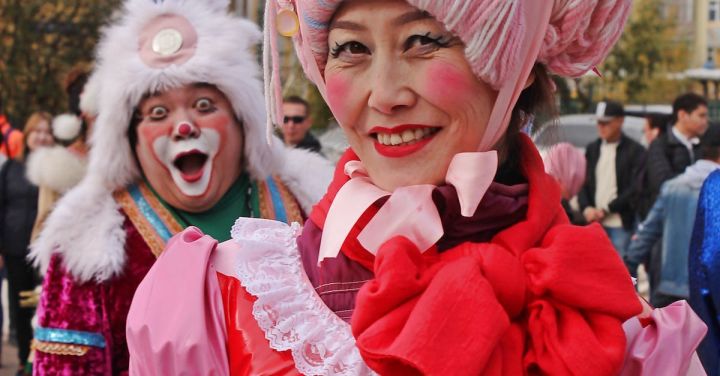How to Get Involved in Organizing a Cultural Parade?

Cultural parades are vibrant and exciting events that bring communities together to celebrate diversity and showcase traditions. If you have a passion for culture and want to contribute to organizing a cultural parade, there are several ways you can get involved. In this article, we will explore the steps you can take to become an integral part of the planning and execution of a cultural parade.
Understand the Purpose
Before diving into organizing a cultural parade, it is essential to understand its purpose. Cultural parades aim to celebrate and promote the diversity of different communities, fostering cultural understanding and appreciation. By recognizing the importance of cultural heritage, these parades play a significant role in uniting people from various backgrounds. Understanding the purpose behind a cultural parade will help you align your efforts with the event’s vision and goals.
Research and Connect
To get involved in organizing a cultural parade, start by conducting thorough research about previous events and the community you wish to represent. Look for similar parades in your area and learn about their successes and challenges. Connect with the organizers, volunteers, and participants of these parades to gain valuable insights and advice. Building relationships with experienced individuals will provide you with a solid foundation for organizing your cultural parade.
Identify Your Community
Next, identify the cultural community you want to represent in the parade. Whether it is your own heritage or a community you feel passionate about, it is crucial to have a clear focus. Understanding the customs, traditions, and symbols associated with the community will help you plan and execute a meaningful parade that accurately represents its essence.
Form a Planning Committee
Organizing a cultural parade is a massive undertaking that requires a dedicated team. Forming a planning committee will help distribute the workload and ensure that all aspects of the event are adequately covered. Look for individuals who share your passion for the community and are willing to contribute their time and skills. Consider including members from different backgrounds to bring diverse perspectives to the planning process.
Establish a Budget
One of the most critical aspects of organizing a cultural parade is establishing a budget. Determine the financial resources available and allocate funds to different aspects of the event, such as permits, marketing, performers, and logistics. Seek sponsorship opportunities from local businesses, organizations, and government entities to supplement your budget and make your parade a success.
Plan the Route and Logistics
Once you have the core team and budget in place, it’s time to plan the parade route and logistics. Consider factors such as the distance, accessibility, and safety of the route. Coordinate with local authorities, such as the police and traffic department, to obtain the necessary permits and ensure a smooth flow of the parade. Take into account the needs of performers, participants, and spectators, and plan for restrooms, water stations, and medical assistance if required.
Promote Your Parade
To maximize participation and attendance, effective promotion is crucial. Develop a comprehensive marketing strategy that includes traditional methods such as print media, flyers, and posters, as well as digital platforms like social media, websites, and email newsletters. Collaborate with local media outlets to spread the word about your parade and highlight its cultural significance. Engage with the community through workshops, information sessions, and cultural performances to generate interest and encourage participation.
Celebrate Cultural Diversity
As the day of the cultural parade approaches, ensure that all the elements are in place. Coordinate with performers, volunteers, and vendors to confirm their participation and address any last-minute concerns. On the day of the parade, embrace the diversity of cultures and celebrate the community’s heritage. Encourage spectators to actively engage with the event and create an inclusive and welcoming atmosphere.
Conclusion
Getting involved in organizing a cultural parade requires passion, dedication, and careful planning. By understanding the purpose, researching the community, forming a committee, establishing a budget, planning the logistics, promoting the event, and celebrating cultural diversity, you can contribute to a memorable and impactful cultural parade. Remember, cultural parades are not just about showcasing traditions; they are about fostering unity, appreciation, and understanding among communities.